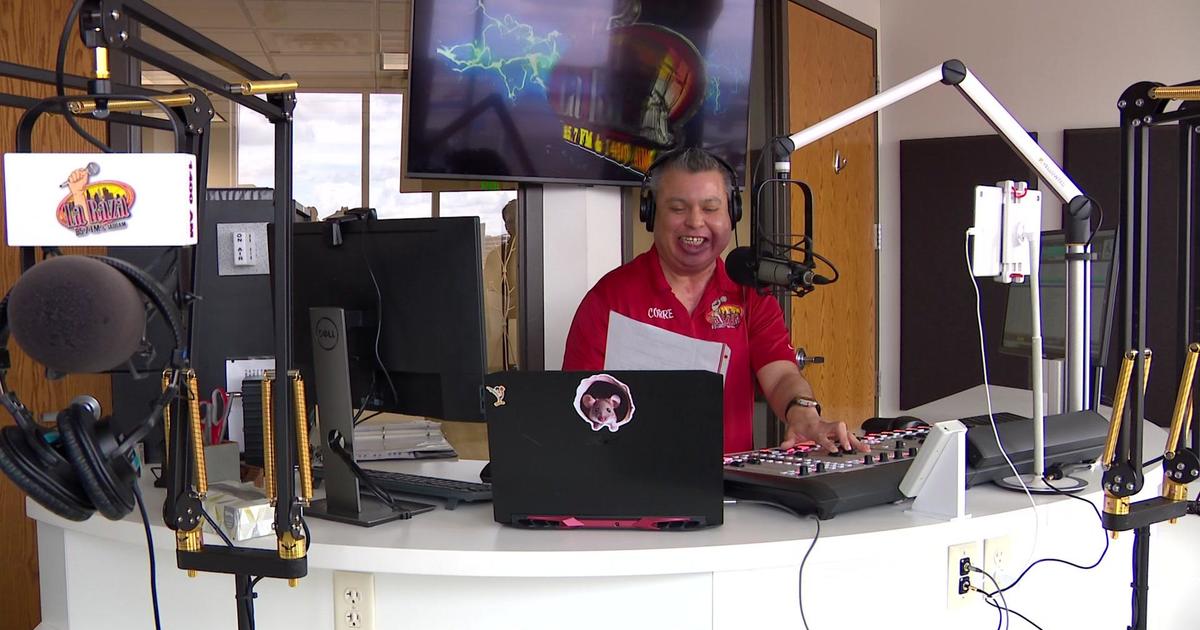Ask A Minnesota Carpenter: Tips For Building A Kid's Play Area
It may now seem like a strange and foreign concept for kids to play outside. With mobile devices, computers and video games as the focus of attention for many, it is imperative to give young ones a reason to play in the fresh air. Nothing beats an outdoor play area for children in your own backyard. They are close to home, yet they have the independence to run free. It inspires creativity, promotes exercise and can make for hours of fun. Designing and building a space like this for children requires knowledge and skill to ensure safety and durability. Let's ask a professional carpenter for tips on how to do just this.
DJ Gregory
Gregory Contracting
13316 Andrews Ave.
Lindstrom, MN 55045
(651) 213-0668
www.gregorycontracting.com
Local Minnesota contractor DJ Gregory has been providing quality carpentry and craftsmanship to residential construction and remodeling since 1999. His experience ranges from basement finishing to roofing and includes custom outdoor areas such as children's playhouses and decks. DJ's superior eye for quality and safety make him the go-to source for the top carpenter tips when considering an outdoor play area for your children.
Tip 1
On playhouses and play sets, the portion touching the soil or solid surface needs to be green-treated wood. On a playhouse, it is a good idea to build it on 4' X 4' or 6' X 6' green-treated skids the same length as the house. This will allow you to easily move it into place or move it at a later date. If you cut an angle in the end of the skid, it will mark up the lawn less. The playhouse then should be able to be dragged with an ATV, small tractor or truck. It is important to start with a level base and continue making sure the structure is level throughout the building process. If the structure seems unstable or wobbly when completed, you can install angle bracing on the interior. This can be done with 2' X 4's. Measure the distance from the lower corner of one wall to the upper corner of the same wall. Cut the 2' X 4' to that length minus about four inches. This board can be set in that spot at the angle and screwed in place at the top, bottom and in the middle. Continue this for other walls as needed. This will dramatically strengthen the structure.
Tip 2
Cedar is a common material used in playhouses and play sets. Cedar can be sealed within a week or two after purchase. It is a good idea to seal the cedar as soon as possible. The sun and weather will negatively affect the look of the cedar if left unsealed too long. Never leave cedar unsealed over the winter or it will turn gray or even black in some cases. Using a high-quality sealer is a must for cedar to protect your investment of time and money. A low-quality version will only last a year or so, but a higher-quality sealer will last three to five years or longer. Sanding rough edges, corners and in some cases, even flat surfaces with a belt sander or very rough sand paper before sealing will help prevent injuries and splinters.
If the playhouse or play set will have a platform that is over 30 inches off the ground, it is recommended that it has railings. The spindles of the railings should be no more than four inches apart. This is to ensure that a child's head cannot get trapped between the spindles. The spindles should not be oriented horizontally, as this acts as a ladder for children. They can easily climb to the top of the railing and potentially fall over the side.
Related: Staying Safe in the Summer Sun
Tip 4
If you desire the ability to lock the door of the playhouse when not in use, use locks that children are not able to operate. Kids have a tendency to accidently lock themselves or others inside.
Tip 5
I do not encourage permanent 110-volt electricity to be run to a playhouse or play set. There are too many dangers to children, including electrocution and fire. If they are in the house, you cannot see them and kids are incredibly curious, especially with electricity. I recommend low-voltage solar-powered lighting. Solar lighting has come a long way and can be very reliable. It is also very safe. The solar panel, in many cases, can be installed on top of the roof with the light on the interior or exterior, if desired.
Related: Play With The Kids By Building A Playground In Minnesota
Cortney Mohnk is a freelance writer covering all things Minnesota. Her work can be found on Examiner.com.



